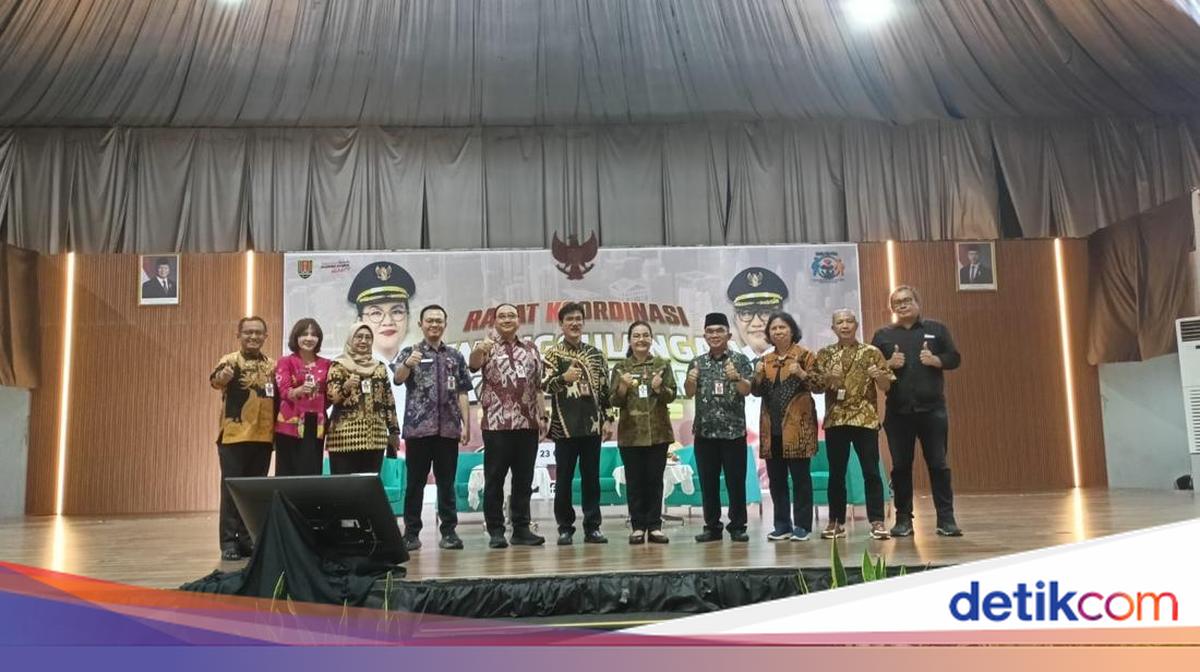Jakarta – Poverty alleviation is still the focus of the City Government or Semarang City Government until 2030. Currently, the poverty rate in the capital of Central Java is 3.3 percent, the target is to drop to 2.9 percent by 2030. Agustina Wilung, mayor of Semarang, explained that poverty must be addressed by various parties. The city government, he said, cannot solve it alone. “There must be a role of various parties, for example academics, the private sector, to help reduce the poverty rate,” he said after the Poverty Alleviation Coordination Meeting at the UTC hotel, as in a written statement, Thursday (23/10). PAGE TO CONTINUE CONTENT Agustina aims for the poverty rate to drop to 2.9 percent by 2030. Currently, the poverty rate in the capital of Central Java is still at 3.3 percent. One of the intervention efforts is to improve the community’s economy. “MSMOs need to be helped, how to buy them so they can be empowered,” he explained. Furthermore, Agustina will have a study by academics that will later be used by the City Government as a policy step. He said that North Semarang is one of the sub-districts with a fairly high poverty rate. “Academics can make studies, they must be captured and used. This poverty factor is an economy that cannot experience growth,” he explained. Meanwhile, the acting regional secretary for the city of Semarang, Budi Prakosa, revealed that the low carrying capacity of the region is one of the causes of poverty in the city. He gave the example of North Semarang and Gayamsari which are pockets of poverty because flooding often occurs. “We are doing interventions, there are 13 programs such as population, sanitation aspects, housing, capital, environmental infrastructure, they must be fulfilled so that they can be empowered,” he said. The economic potential of the man who also serves as Head of Bappeda must also be developed or upgraded so that it can become an economic lever. In North Semarang, for example, there is a fish smoking center, Jomblang Candisari, which handles waste. Bangetayu Genuk has potential for market snacks, which requires support and cooperation to boost the residents’ economy. According to him, the Health Service has mapped the risk of 14 types of diseases in areas with high levels of poverty. This mapping is carried out down to the RW level, making it easier to take preventive and intervention steps in a more targeted manner. “Cooperation exists with health, then human resource involvement, how local potential can be upgraded and developed so that the economy can increase and poverty can be reduced,” he concluded. Also see the video ‘High rainfall and damaged pumps, Semarang hit by floods’: (akd/ega)
Semarang city government aims for poverty rate to drop to 2.9% in 2030
